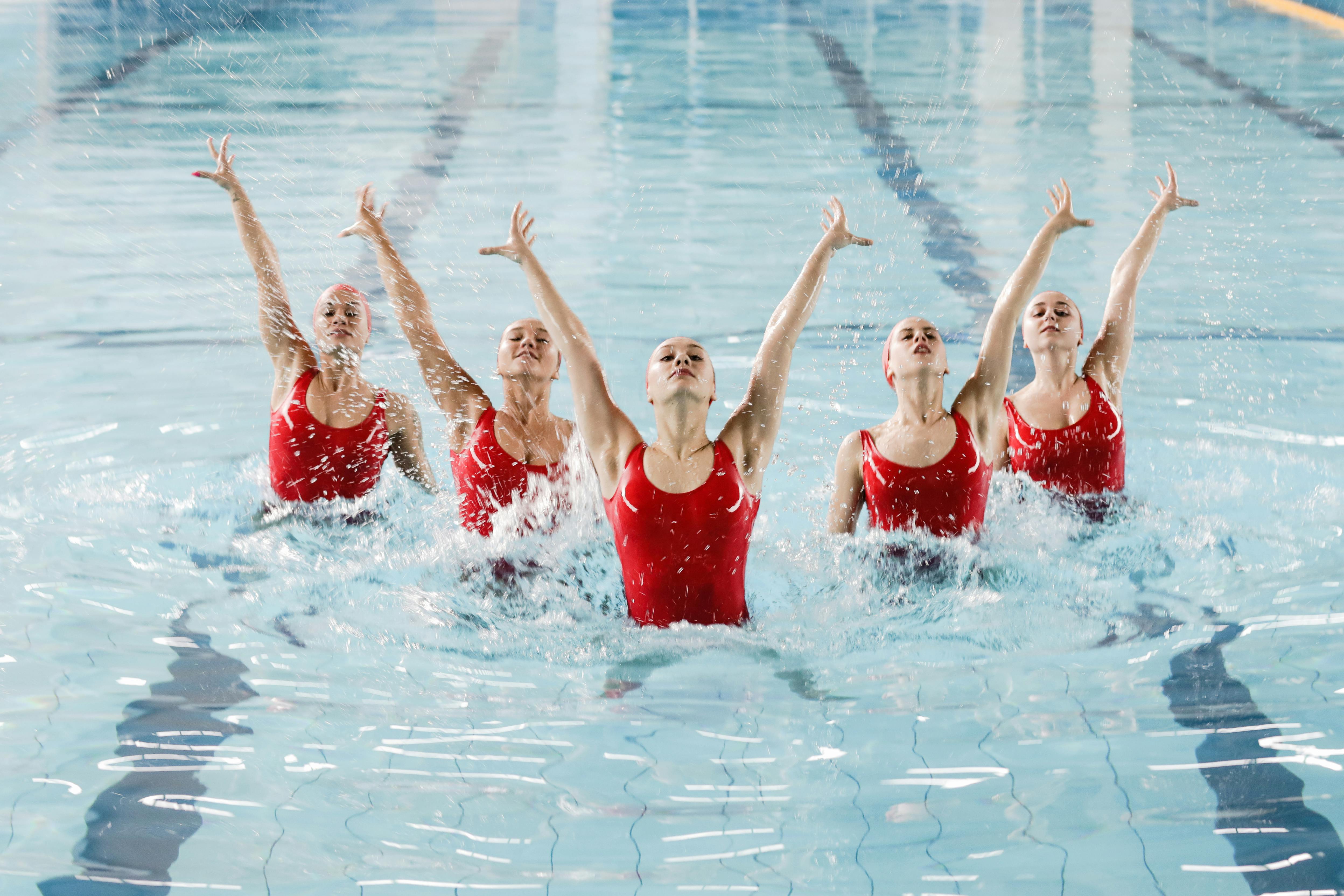Synchronized Swimming: A Spectacular Fusion of Artistry and Athletics
Introduction: Synchronized swimming, a breathtaking blend of athleticism and artistry, has become a captivating spectacle in the world of entertainment. This article dives into the history of this unique performance art, its recent developments, and its impact on the arts and entertainment industry.

The Origins of Synchronized Swimming
Synchronized swimming, a combination of swimming, dance, and gymnastics, has its roots in the early 20th century. Often referred to as ‘water ballet’, the sport was first recognized in the 1900s when Australia’s Annette Kellerman performed water acrobatics in a glass tank as part of a vaudeville show. Kellerman’s performances marked the early beginnings of the sport. However, it was not until the early 1930s that the term ‘synchronized swimming’ was coined by Katherine Curtis, an American swimming instructor. Curtis formed a team called ‘The Modern Mermaids’, which performed at the 1933-34 Chicago ‘Century of Progress’ World’s Fair, popularizing synchronized swimming.
Synchronized Swimming: The Modern Era
Since its early days, synchronized swimming has evolved tremendously. It was included in the Olympic Games as a full medal sport in 1984, marking a major milestone. In recent years, it has witnessed a surge in popularity as it transcends the boundaries of sports to become a captivating form of art and entertainment. High-profile synchronized swimming shows have become popular in various entertainment platforms, from films to TV shows and even live performances in luxury hotels and cruise ships. The sport has also seen a rise in male participation, breaking gender stereotypes.
Impact and Significance of Synchronized Swimming
Synchronized swimming’s fusion of athletic prowess and artistic expression has made it a unique form of entertainment. Its rigorous physical demands juxtaposed with the aesthetic requirements of grace, rhythm, and synchronization make it a spectacle to behold. The sport has also played a significant role in promoting gender equality, as it is one of the few sports that was initially female-dominated, and is now witnessing increasing participation from men.
The Reception of Synchronized Swimming
Synchronized swimming is often met with a mix of admiration and misunderstanding. While its athletic rigor and artistic beauty are universally lauded, the sport has faced criticism for its subjective scoring system. However, the International Swimming Federation has taken steps to address this by implementing more objective criteria for judging. Despite these challenges, the sport continues to captivate audiences worldwide.
The Future of Synchronized Swimming
With its increasing popularity and evolving nature, synchronized swimming’s future looks promising. Innovations in choreography and technology promise to elevate the sport to new heights. As more males join the sport, synchronized swimming is set to break new grounds, further blurring the lines between athletics and art.
In conclusion, synchronized swimming has carved a unique niche in the world of arts and entertainment. Its unique blend of athletic prowess and artistic expression, coupled with its potential for innovation, promises to keep audiences captivated for years to come.





